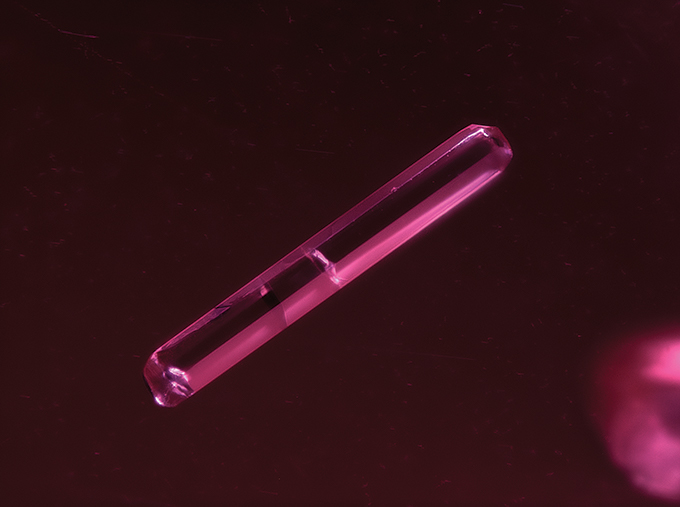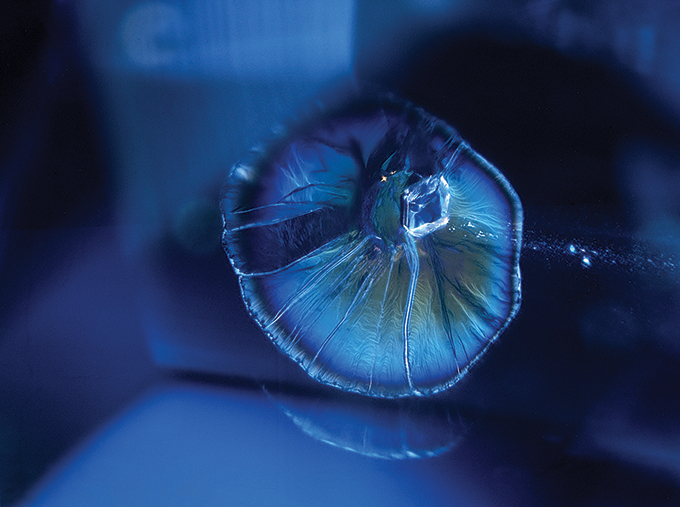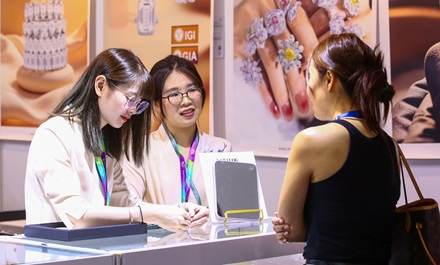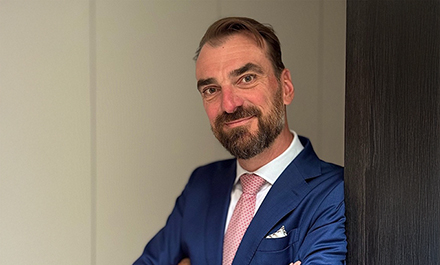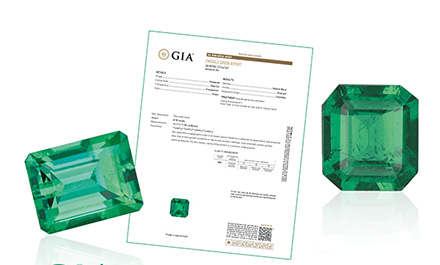Bangkok-headquartered gemmological laboratory AIGS sets its sights on organic growth while meeting greater market demand for transparency and clarity in matters of origins, treatments and colour standards.
This article first appeared in the GEMSWORLD 2024.
Provenance continues to be a key consideration in the coloured gemstone trade, with prices and demand hinging largely on origins, colour classifications and treatments, according to the Asian Institute of Gemological Sciences (AIGS), Southeast Asia’s first professional gem testing laboratory and educational facility.
Business at the Bangkok-headquartered gemmological laboratory has been robust post-pandemic, with demand strongest for reports that indicate origin of gemstones and heat treatment detection, noted AIGS Chairman Kennedy Ho.
He shared, “Provenance determination remains an uncertain ‘science,’ and gem owners are always seeking the most desired Country of Origins to obtain the highest market prices for their gems.”
The market generally prefers unheated rubies and sapphires, but substantial price differences have led to greater acceptance of treated coloured gemstones, particularly among Western clients, Ho revealed, adding that nice, unheated stones are increasingly difficult to source.
Colour classifications likewise impact price levels. To establish rigorous standards on trade name usage and reduce ambiguity in the market, AIGS developed clear colour descriptions for its coloured gemstone classification reports. It introduced its colour code for Santa Maria aquamarines in June 2022 and launched Jedi spinel grading reports in October 2021.
Ho said, “Our new colour descriptions and trade name usage have been very favourably received by the market. AIGS’ reports enable traders to communicate colour clearly, resulting in a better understanding and appreciation of the gemstone's most important attribute.”
Trade expertise
AIGS' access to all major gem mining and trading sources enables it to collect and report on the latest gemstone discoveries and determine firsthand advanced techniques of enhancement and treatment processes of coloured gemstones.
Aside from examining most of the major rubies and sapphires in recent international auctions, the gemmological laboratory has encountered lesser known and less prevalent gemstone treatments in the oiling of spinels, radiation, high-pressure heat treatment of corundum as well as hybrid treatment of different processes, which include glass filling and diffusion.
Its recent findings include an intact crystal of apatite in an unheated ruby from Mogok, Myanmar. AIGS also reported on a heated sapphire from Madagascar with a discoid fracture around a solid inclusion, where the thinness of the fracture induced light diffraction.
Research and development are a strategic priority at AIGS, which was established in 1978.
The facility consistently examines the latest software and hardware technologies, as it works towards producing new products that would yield faster, better and greater value to the market.
Artificial intelligence, blockchain, imaging software, database design and management are among the technological areas it is currently exploring for possible applications in its lab processes and operations.
Steady growth
AIGS aims to grow organically, continually enhancing its products and services while exploring expansion opportunities in the international jewellery market, particularly in Southeast Asia.
It already has a presence in China, opening a branch in Shanghai in June 2020 to cater to growing demand for gemstone reports in the Chinese market at the time.
“AIGS China has been doing very well, and due credit goes to our partners and staff for their dedication and the highest level of ethical and professional behaviour,” the company official remarked.
Moving forward, AIGS plans to heighten awareness and appreciation of coloured gemstones in China through educational and skill training programmes, active engagement and participation in events as well B2B2C outreach activities.
The gemmological laboratory maintains a positive outlook on the future of the coloured gemstone trade.
Given the healthy state of the market, Ho believes demand will exceed the supply of reliable, relevant and professional services. And while technological improvements will lower the cost of running gemmological laboratories, initial investment for development and usage will be heavy at the start.
“While we have growth targets, our priority is to earnestly serve the market and establish ourselves as the premier testing facility for coloured gemstones. AIGS is on the move and multiple projects are in the works on the horizon,” he said.




